1. St. Augustine, Florida – The Birth of Urban Planning
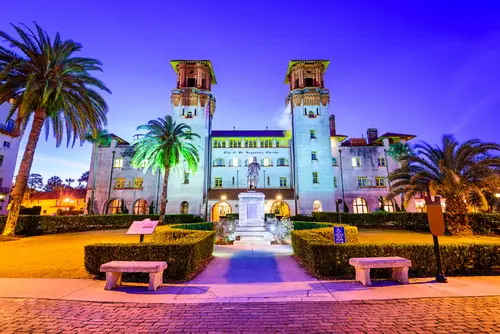
Pedro Menéndez de Avilés founded St. Augustine in 1565, marking the first permanent European settlement in what is now the U.S. He laid out the town using a grid pattern with wide streets and central plazas, which was unusually organized for that era. The design wasn’t just for looks—it was practical, allowing soldiers and settlers to move quickly and defend the town if needed. Menéndez’s planning reflected both military foresight and a vision for community life.
This layout influenced later colonial towns across America, showing that structured urban planning could support both safety and daily life. St. Augustine’s plazas became social hubs where markets, celebrations, and religious events took place. The town’s streets were so well-planned that many of them still exist in the same pattern today. Menéndez essentially created a blueprint that early American settlers would study and replicate.
2. Philadelphia, Pennsylvania – A Grid for the Future
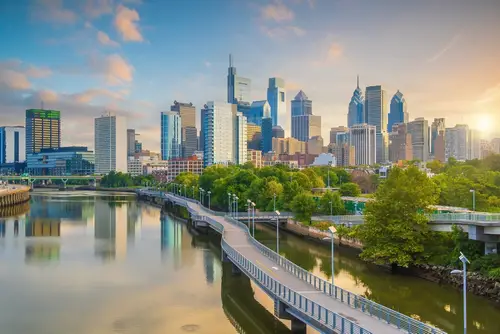
William Penn founded Philadelphia in 1682 with a bold idea: a city that encouraged health, order, and equality. He designed a simple grid of streets intersecting public squares, which was revolutionary compared to the crowded, winding European cities he knew. Penn wanted every resident to have access to green space, sunlight, and fresh air, which showed remarkable foresight. His plan wasn’t just practical—it was meant to reflect his Quaker values of fairness and community.
The grid made it easy to expand the city as it grew, influencing urban planning far beyond Pennsylvania. Future city planners looked to Philadelphia as a model, including those designing Washington, D.C. The use of squares and straight streets became a template for orderly development in the young nation. Penn’s approach balanced functionality, aesthetics, and social values in a way few cities had attempted before.
3. Salt Lake City, Utah – A City Built on Faith
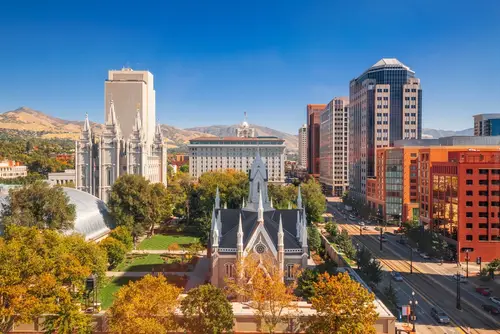
When Brigham Young arrived in 1847 with Mormon settlers, he had a clear vision: a city that reflected his community’s values. He designed Salt Lake City around a 10-acre temple block, using a grid system with wide streets named by numbers and directions. The layout encouraged community cohesion, making it easy for neighbors to meet and for church members to gather. Young’s approach also accounted for future growth, ensuring the city could expand without chaos.
Salt Lake City’s grid system became a model for other settlements in the western United States. The wide streets were practical for wagons and, later, automobiles, showing a blend of foresight and adaptability. By organizing the city around religion and community, Young created a strong social structure. Today, the city’s design still guides traffic, public events, and neighborhood identity.
4. Riverside, Illinois – America’s First Planned Suburb
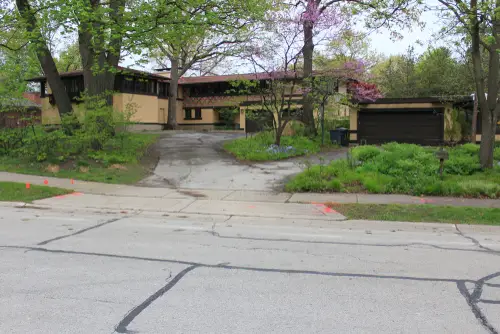
In 1869, Frederick Law Olmsted and Calvert Vaux designed Riverside as a retreat from the hustle of Chicago. They introduced curving streets, natural landscapes, and large lots to create a harmonious environment for residents. This wasn’t just about beauty; it promoted health and a connection to nature in everyday life. The idea of designing a suburb with intention was groundbreaking at the time.
Riverside became a blueprint for suburban planning across the country. Planners learned that integrating green spaces could improve residents’ quality of life and property values. Olmsted and Vaux’s approach balanced practical living with aesthetic appeal. The town’s layout influenced future developments, emphasizing that suburbs could be more than a series of identical streets.
5. Pullman, Illinois – A Model Company Town
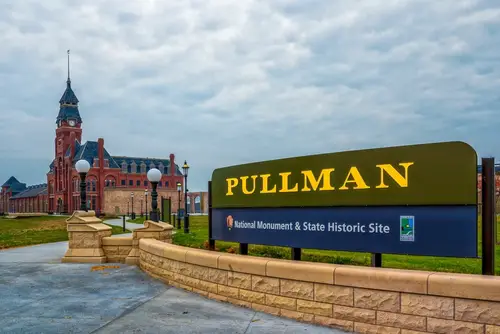
George Pullman built Pullman in 1880 to house workers for his railroad car factory, creating a town where everything was within walking distance. Homes, schools, parks, and shops were meticulously planned to promote productivity and wellbeing. Pullman wanted to show that industry and community could coexist in a controlled environment. However, the town’s strict rules and rent policies sparked tensions, illustrating the limits of paternalistic planning.
Despite challenges, Pullman became a model for other company towns in America. Workers had access to amenities that were rare elsewhere, which drew attention from urban planners. Pullman’s experiment highlighted both the potential and pitfalls of employer-controlled communities. The town remains a symbol of industrial ambition shaping urban life.
6. Greenbelt, Maryland – A New Deal Experiment
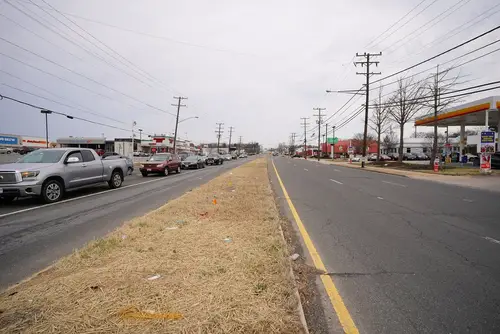
In 1937, the federal government created Greenbelt as part of Franklin D. Roosevelt’s New Deal, aiming to provide affordable housing for working-class families. The town was designed with cooperative housing, shared facilities, and plenty of green spaces. Planners wanted to foster a sense of community where residents could socialize, garden, and walk safely. The concept was innovative because it combined government planning with social welfare in a small town setting.
Greenbelt became a model for other planned communities in America. Its layout encouraged collective living and civic participation, reflecting a bold social experiment. Residents could access schools, shops, and parks without long commutes, which was unusual for the era. Today, Greenbelt is remembered as one of the most successful New Deal towns, influencing urban planning nationwide.
7. Levittown, New York – The Birth of Suburban America
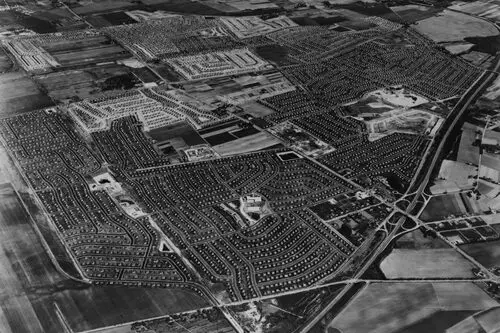
William Levitt revolutionized suburban living in 1947 with the creation of Levittown, New York. His company used assembly-line methods to build affordable homes quickly, making homeownership attainable for returning World War II veterans. Streets were neatly arranged, lawns were uniform, and communities had shopping centers and schools nearby. Levitt’s vision created the blueprint for modern suburbia.
Levittown’s success inspired similar developments across the country, shaping post-war American life. The town became synonymous with the American Dream, symbolizing stability and prosperity. It also sparked discussions about conformity, race, and community identity, since early Levittowns were racially restricted. Nonetheless, Levitt’s idea permanently influenced housing trends and suburban culture nationwide.
8. Southwest Washington, D.C. – A Vision of Urban Renewal
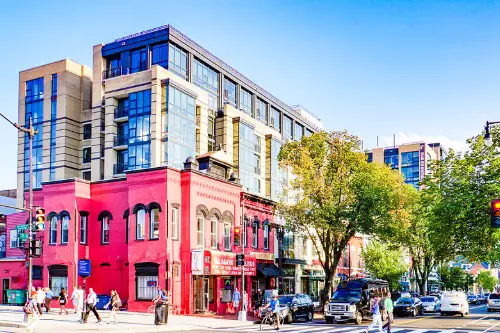
In the 1950s, city planners tackled blighted neighborhoods in Southwest Washington, D.C., drawing inspiration from Pierre L’Enfant’s original city plan. The redevelopment aimed to modernize infrastructure, improve housing, and create commercial hubs. Planners introduced high-rise apartments, offices, and shopping areas to replace deteriorating homes. The project reflected a vision of urban renewal that balanced modernization with historic preservation.
The redevelopment reshaped the community, bringing new residents and businesses to the area. It influenced urban planning in other cities facing similar decay, demonstrating both the benefits and challenges of large-scale renewal. While some longtime residents were displaced, the project showed how a single planning vision could transform a neighborhood. Today, Southwest D.C. remains an example of mid-century urban renewal efforts.
9. Seaside, Florida – The New Urbanism Movement

In 1981, architects Andrés Duany and Elizabeth Plater-Zyberk designed Seaside as a walkable, mixed-use community that challenged suburban sprawl. Streets were narrow and lined with homes, shops, and public spaces, creating a sense of neighborhood intimacy. The town emphasized sustainability, aesthetics, and social interaction. Seaside became a tangible example of the New Urbanism movement.
Seaside’s innovative layout influenced planners across the United States. It proved that communities could be built for people, not just cars. The town inspired debates about design, livability, and environmental consciousness. Today, Seaside is a model for those seeking alternatives to traditional suburban development.
10. Pearl District, Portland, Oregon – From Industrial to Artistic Hub
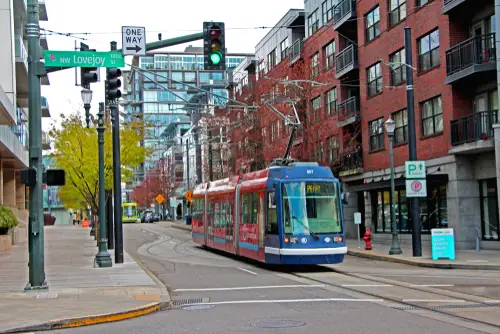
In the 1990s, the Pearl District was a gritty industrial area until urban planners and developers envisioned a creative hub. Warehouses were converted into lofts, galleries, and performance spaces, attracting artists and entrepreneurs. Streets were redesigned with parks, plazas, and pedestrian-friendly features. The transformation breathed new life into the neighborhood, turning it into a vibrant cultural center.
The Pearl District’s redevelopment influenced urban revitalization nationwide. It showed how careful planning could preserve historical architecture while fostering economic growth. Local residents benefited from new amenities, while the city gained a tourist destination. The project became a reference point for other post-industrial neighborhoods seeking reinvention.
11. Monowi, Nebraska – A Town of One
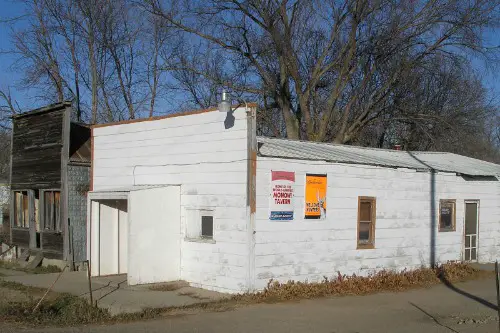
Monowi is America’s only incorporated town with a population of one, maintained by Elsie Eiler. She serves as mayor, librarian, and bartender, ensuring the town’s tiny community remains active. Elsie’s dedication preserves Monowi’s history and identity despite the dwindling population. Her single-person governance makes the town an extraordinary example of civic responsibility.
Monowi highlights the challenges of rural depopulation and resilience in small towns. The town has become a cultural touchstone for those interested in quirky Americana. Visitors come to see how one person can maintain an entire town’s operations. Elsie Eiler’s vision of keeping Monowi alive is both practical and inspirational.
12. Astoria, Oregon – A Gateway to the West
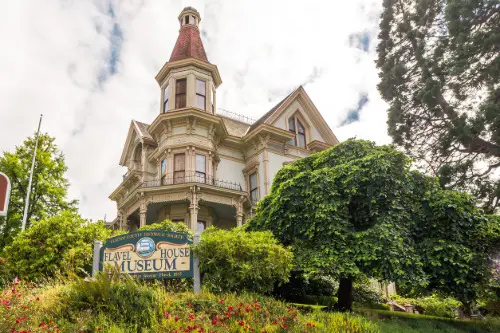
In 1811, John Jacob Astor established Astoria as the first permanent American settlement west of the Rockies. He envisioned it as a key hub for the fur trade, linking the Pacific Northwest to national and international markets. The town’s strategic location at the mouth of the Columbia River made it ideal for trade and transportation. Astor’s vision helped secure American presence in a region previously dominated by European powers.
Astoria’s establishment accelerated westward expansion in the United States. It attracted settlers, traders, and entrepreneurs eager to participate in the lucrative fur industry. The town’s layout included warehouses, homes, and trading posts, fostering a functional and organized port community. Astoria’s history reflects how a single ambitious individual can shape an entire frontier region.
13. Roscoe, Illinois – A Community Built on Industry
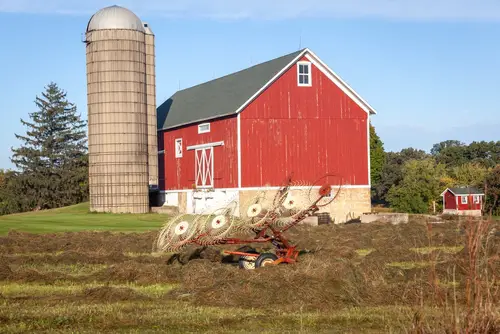
Roscoe transformed from a quiet farming village into an industrial hub in the late 19th century, thanks to local entrepreneurs who built factories and mills. These early industrialists envisioned a town where jobs, homes, and commerce were closely connected. Workers could live near their employment, reducing commute times and fostering community ties. The town grew steadily as factories attracted skilled and unskilled laborers from across the region.
The industrial boom reshaped Roscoe’s identity and economy. Its success demonstrated how a single vision for industrial development could uplift a small town. Local infrastructure, schools, and social institutions adapted to support a growing population. Roscoe became a clear example of how industry can define the character and future of a community.
14. New Harmony, Indiana – A Utopian Experiment
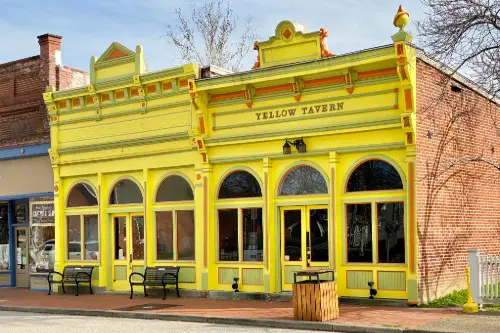
In 1825, George Rapp founded New Harmony as a utopian community based on shared resources and communal living. His idea attracted intellectuals, scientists, and reformers interested in creating a society free of poverty and inequality. The town was carefully organized with common facilities, schools, and workshops to support cooperative life. Rapp’s vision aimed to show that thoughtful social planning could improve the human experience.
Though New Harmony dissolved after a few years, its impact endured. The town inspired later social reform movements and communal experiments across America. Residents documented their successes and failures, leaving lessons for future planners. New Harmony remains a testament to the power of one person’s radical idea to influence social experimentation.
15. Celebration, Florida – A Disney Vision Realized
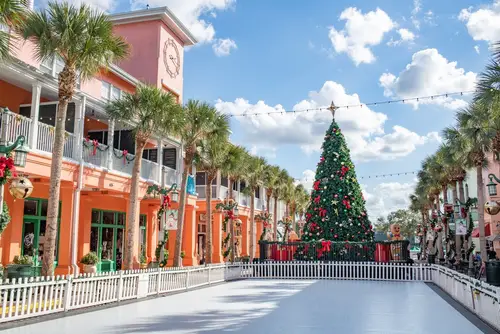
In 1996, the Walt Disney Company launched Celebration, Florida, as a master-planned town reflecting idealized small-town American life. Streets were pedestrian-friendly, parks were plentiful, and the town center became a hub for community events. Disney’s planners focused on blending aesthetics, functionality, and nostalgia for mid-century town planning. The town was designed to foster neighborly interaction and a sense of belonging.
Celebration sparked national conversations about corporate influence in urban development. While some criticized the town as overly controlled, others admired its charm and walkability. Disney’s idea showed that a single corporation could implement a vision on a grand scale. Today, Celebration remains a living experiment in planned community design and cultural storytelling.
This post 15 Times American Towns Changed Overnight Because of One Person’s Idea was first published on American Charm.


